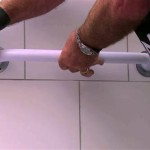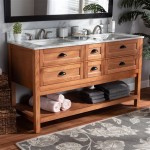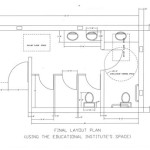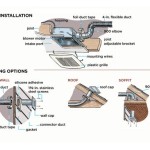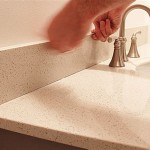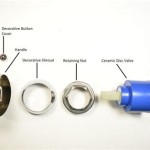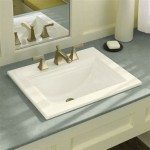What Attracts Moths in Bathrooms?
Moths fluttering around bathroom lights are a common sight, especially during warmer months. Understanding the factors that draw these nocturnal insects to bathrooms can help homeowners implement effective preventative measures.
Light Sources
Artificial light is a primary attractant for moths. This phenomenon, known as phototaxis, describes an organism's automatic movement toward or away from a light source. While the exact mechanism behind phototaxis isn't fully understood, one leading theory suggests that moths use celestial light sources, like the moon and stars, for navigation. Artificial lights disrupt this natural navigation system, causing moths to become disoriented and fly in erratic patterns around the light source.
Bathrooms, often illuminated with bright lights during evening hours, become beacons for moths seeking illumination. The contrast between the dark surroundings and the brightly lit bathroom further enhances the attractiveness of these light sources.
Different types of light bulbs attract moths to varying degrees. Incandescent bulbs and halogen bulbs, which emit a significant amount of ultraviolet (UV) light, are particularly appealing to moths. LED lights, especially those with a cooler color temperature, generally emit less UV light and are therefore less attractive to these insects.
Moisture and Humidity
Bathrooms are inherently humid environments due to showering, bathing, and other water-related activities. Moths, like many insects, require moisture for survival. The high humidity levels in bathrooms can provide a crucial water source for these insects, especially during drier periods. This moisture also contributes to the growth of mildew and mold, which can serve as a food source for moth larvae in certain cases.
Leaky pipes, damp towels, and standing water in sinks or tubs can further elevate humidity levels and create even more appealing environments for moths. Adequate ventilation is key to reducing bathroom humidity and making the space less attractive to these insects.
Potential Food Sources
While adult moths are primarily attracted to light and moisture, their larvae require food sources to develop. Bathrooms, while not typically rich in edible materials for moth larvae, can harbor certain attractants.
Hair, particularly human hair shed during showering or grooming, can contain keratin, a protein that some moth larvae consume. Small accumulations of lint, dust, and organic debris in corners or under sinks can also provide sustenance for certain moth species. Additionally, some moths are attracted to the faint scent of certain cleaning products, though these products do not typically serve as a food source.
Regular cleaning and meticulous removal of hair, lint, and dust can minimize the potential food sources available to moth larvae in bathrooms.
Entry Points
Moths can enter bathrooms through various openings, including open windows, cracks in walls or window frames, and gaps under doors. These insects are adept at squeezing through surprisingly small spaces, making it important to seal any potential entry points.
Installing window screens, caulking gaps around windows and doors, and using weather stripping can effectively prevent moths from accessing bathrooms. Checking for and repairing any holes or cracks in walls is also crucial for keeping these insects out.
Additionally, moths can be inadvertently brought into the bathroom on clothing or other items. Inspecting items before bringing them into the bathroom can help prevent the introduction of moths or their eggs.

How To Get Rid Of Drain Flies Moth In Your Bathroom

How To Get Rid Of Drain Flies Moth In Your Bathroom

How To Get Rid Of Drain Flies Moth And Prevent An Infestation Pest Defence

How To Get Rid Of Clothes Moths Wirecutter

How To Get Rid Of Clothes Moths

How To Get Rid Of Drain Flies Terminix

How To Get Rid Of Clothes Moths And Pantry

Moth Flies Or Drain Plant Pest Diagnostics

6 Ways To Keep Miller Moths Out Of Your House The Prairie Homestead

Clothes Moths And Carpet Beetles Identifying Controlling Fabric Pests Nc State Extension Publications
Related Posts
